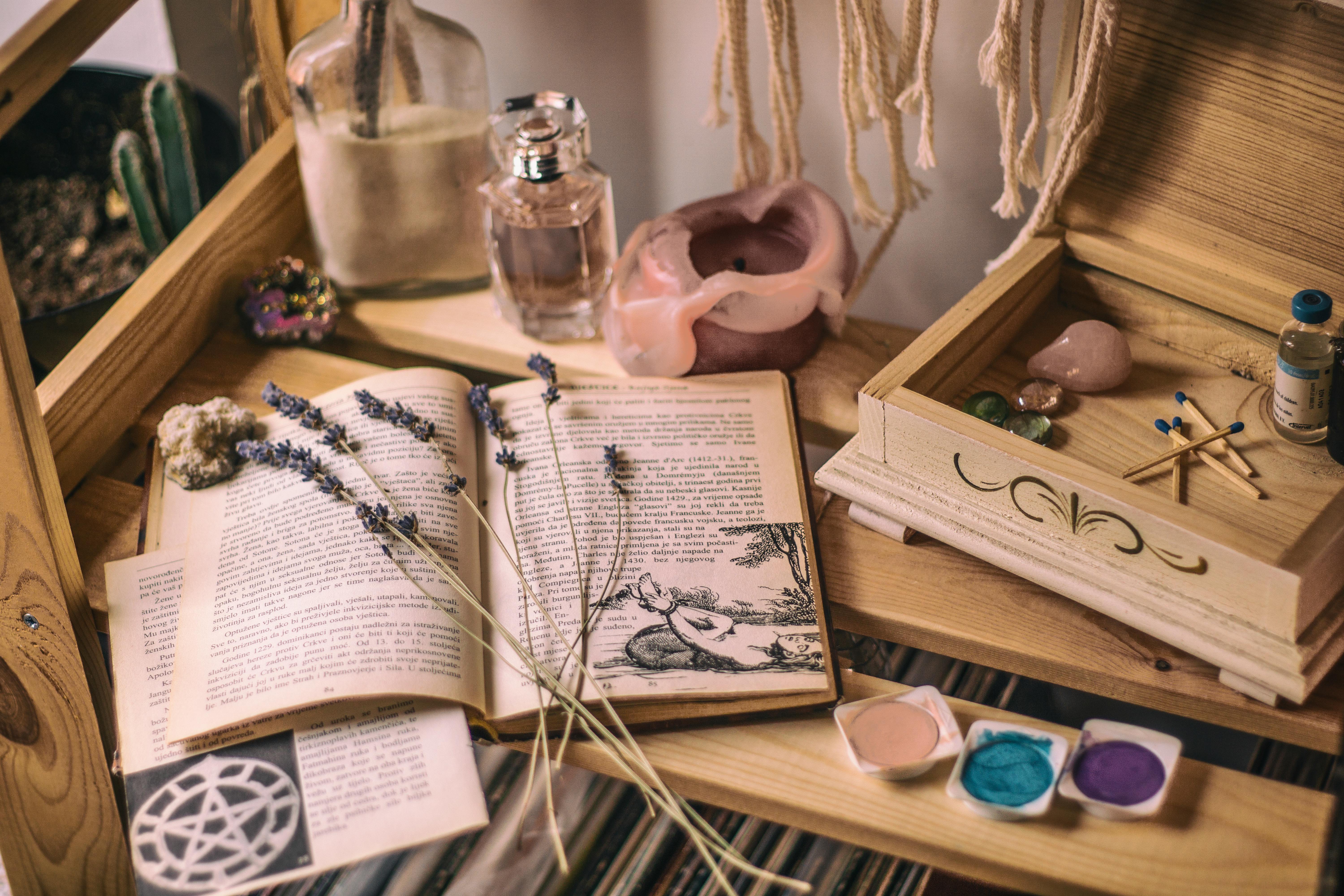As an affiliate, I earn from qualifying purchases, but this doesn't affect the reviews or recommendations—your trust is important to me!
Creating a Bottle Rocket Science Experiment at Home

Today, We're Making:
- - Bottle Rocket Science Experiment
- - 'Time Capsule Project' - In correlation with the 2025 date, parents can engage their children in creating a time capsule that contains today's popular STEM gadgets, their own predictions for what technology will look like in the future, and letters to their future selves. The time capsule can be made out of inexpensive materials like a plastic container, and bottled up like a rocket.
Have You Ever Dreamed of Launching Your Own Rocket Into the Great Beyond?
While venturing outside earth's atmosphere might be a little ambitious for a home-based science project, creating your own Bottle Rocket Science Experiment could set you on the path! The thrill of constructing and successfully launching your DIY Bottle Rocket is not just a great way to bring a family together for exciting science activities for kids, but also a practical and fun means of unraveling some fascinating basics of physics.
Rocket Science Made Easy
By the end of this easy, educational science experiment, you'll realize that rocket science isn't as daunting as it sounds— in fact, it's a blast! So, get ready to turn your kitchen into a launch pad and ignite those curious minds as we dive into our Bottle Rocket Construction Guide.
Unpacking the Bottle Rocket Science Experiment
Diving in head-on might feel a tad overwhelming for some. That's why breaking down the Bottle Rocket Science Experiment into smaller, manageable components can make the process that much more enjoyable. The first step involves understanding the bottle rocket construction, setting a strong foundation initself. Veterans of DIY home science and newbies alike will appreciate getting to grips with the design process and learning the physics of bottle rockets. You'll soon discover many facets of these science activities for kids are not as complicated as they seem.
Materials and Prep-work
Before beginning the hands-on part of your bottle rocket science experiment, it's important to gather all necessary materials. All good rocket construction guides will provide you with a comprehensive materials list which is typically uncomplicated, proving that exciting educational science experiments needn't be expensive. Most likely, many of these items are already available in your home and can be repurposed for science projects for all ages. This turns the rocket experiment for kids into an exercise in resourcefulness and creativity.
Building Your DIY Bottle Rocket
After the initial prep work is complete, we move onto the fun part - building rockets with kids! This is the most interactive phase where you get to apply the theory and see your DIY bottle rocket design come alive. It's during this stage of the home science projects that kids experience the joy of learning through experiments and observations.
The Rocket Launch
To maximize the impact of your Homemade Rocket Launch experiment, select a safe, open outdoor space, preferably your backyard. Here, you can test your bottle rocket design and marvel at the magic of physics. Seeing your DIY educational projects zoom up into the sky can be incredibly satisfying and exhibited proof of your efforts. Moreover, this final stage of the Bottle Rocket Science Experiment serves as a triumphant conclusion to an engaging and educational activity.
Understanding&Learning
Throughout the Rocket Science Experiment at home, you may come across challenges or unexpected turns. This should not be a cause for worry or disappointment. Instead, it’s an opportunity to learn and evolve. Whether it is revisiting your bottle rocket construction or tweaking the launch mechanism, the process encourages problem-solving and allows participants to learn physics at home in a fun and tangible way.

Your Own Bottle Rocket Science Experiment
There you have it. Your own Bottle Rocket Science Experiment, built from scratch, isn’t just a product of a DIY project, but a testament to your ingenuity. There's nothing quite like the thrill of creation capped with a triumphant launch.
Turn Your Kitchen Into A Launch Pad
With your kitchen turned launch pad and your backyard as the test field, you've turned everyday spaces into arenas of learning and exploration. With every hiccup and unexpected turn leading to a deeper understanding of physics, you’ve not only created a rocket, but a captivating learning journey as well.
It's Not Just A DIY Project, It's A Learning Journey
This DIY adventure has proven that science is not just in textbooks; it’s around us, waiting to be discovered. As we wrap up, remember, exploration never ends.
Remember!
Keep experimenting, keep playing, and most importantly, keep shooting for the stars.

You May Also Like These:
Time Capsule Project
Date: 2025
Ingredients:
- Durable box or container
- Paper and pens/pencils
- Personal items (photos, toys, favorite book etc.)
- Vacuum seal bags (optional)
- Shovel (for burial, if desired)
Instructions:
- Choose your time capsule: Pick a sturdy, durable, and ideally, waterproof box or container to serve as your time capsule. This could be a simple shoe box, a metal tin, or even a vacuum seal bag.
- Personalize your capsule: Get your child to write or draw something that represents them right now. This could be anything from a self-portrait, a list of their current favorite things, or a letter to their future self.
- Collect items: Gather various items that signify the current time period, such as photos, a favorite small toy, newspaper clippings, or a popular book. Also consider including a document detailing key current events, popular culture, technology, and daily life.
- Seal the capsule: Once you've collected all your items, put everything inside your chosen box or container. If you have a vacuum seal bag, consider using it to add extra protection for your items from decay.
- Hide your capsule: Find a safe spot to store the time capsule. You could bury it in the backyard, hide it in a closet, or put it in a safety deposit box. Ensure you make a note of where it’s been stored.
- Wait: The final step is to wait! Make a plan for when you will open the time capsule. It could be in 5 years, 10 years, or even when your child has grown up. Give them something to anticipate and look forward to!
Future Technology Predictions STEM Project
Ingredients
- Paper
- Pencil or Pen
- Coloring Supplies
- Internet Access
- Printed Research Materials
- Computer with word processing software
Instructions Step-by-Step
Step 1: Brainstorming
Sit down with your child and brainstorm what they think the future technology would look like. Write down all their ideas.
Step 2: Conduct a Basic Research
Use the internet or printed research materials to find information regarding current technological advancements to assist with future speculation.
Step 3: Time to Sketch
Let your child draw or sketch some of their idea on the paper using their pens and coloring supplies.
Step 4: Write-In Your Predictions
Write a detailed explanation next to each drawing, outlining what the design is and how it works.
Step 5: Create a Presentation
Help your child compile their ideas into a word processing document. This can be a simple report or a slide presentation, whichever your child is most comfortable with.
Step 6: Share
Encourage your child to share their predictions and presentation with family and friends. This will give them the opportunity to practice public speaking and explaining complex ideas in simple terms.
STEM Project: Future Technology Predictions
This project helps kids visualise their predictions for what technology will look like in the future.
Ingredients
- A piece of paper
- Various colors of markers
- Magazine cutouts for inspiration (optional)
- Glue stick (optional)
Instructions
- Gather your supplies: you will need a piece of paper, markers, and any magazine cutouts you'd like to use to inspire your predictions.
- Predict: Ask your child what they think technology will look like or be capable of in the future. This can include new inventions, improvements to existing technology, or even societal changes resulting from advancements.
- Draw: Using the markers, have your child draw an image depicting their predictions. If they have trouble drawing, let them use cutouts or stickers to help visualize their ideas.
- Discuss: Talk about their ideas, how these advances could happen, and what impact they might have on people's lives.
STEM Time Capsule Project
Help your child create a touching and insightful STEM project together by not just telling but showing their future selves what they were like at this age! This engaging and fun project will allow your children to explore both their creativity and technical skills simultaneously. Let's dive in!
Materials Needed
:- Plastic container with a tight-sealing lid.
- Paper and writing utensils.
- Any personal mementos your child wishes to include.
- Locating device (like a GPS tracker). This is optional, but can make the project even more exciting and technological!
Steps to Assemble the Time Capsule
Here's the step-by-step guide to create your very own time capsule:
- Decide on the contents: Let your child choose the mementos and write a letter to their future selves. This can be a fun and exciting exploration into what they value today.
- Place the items in the plastic container: Once your child has selected their items, have them place each item into the plastic container one by one.
- Seal the plastic container: Once all items are inside, tightly secure the lid on the container to ensure its contents are preserved.
- Choose a place to bury it: This is a critical part of the time capsule process! Have your child choose a meaningful or memorable location to bury their time capsule.
- Bury the time capsule: After choosing a suitable location, help your child to dig a hole safely. Once the hole is large enough, bury the time capsule.
- Record the location: If you're including the optional locating device, now's the time to record the GPS coordinates of your time capsule's location. This is not only a fun additional STEM element but also ensures the capsule can be easily found in the future!
Final Thoughts
By completing this fun and engaging STEM project, your child will put into practice important STEM skills. It leaves room for future happenings as your child will have to look forward to digging up the time capsule in the future and rediscovering their childhood. Happy digging and reflecting!
Bottle Rocket STEM Project
Ingredients
- 1 liter plastic soda bottle
- Vinegar
- Baking Soda
- Cork or stopper
- Paper towel
Instructions
Step 1: Prepare your Bottle
Fill the bottle about one third full with vinegar.
Step 2: Prepare Baking Soda
Take a square of paper towel and put 1-2 tablespoons of baking soda in the middle. Fold it up like a packet. This will delay the reaction between the vinegar and the baking soda.
Step 3: Insert Baking Soda
Quickly drop the baking soda packet into the bottle and push the cork or stopper in tightly.
Step 4: Launch the Rocket
Shake the bottle a little, put it down on the ground and quickly move away. Watch your bottle rocket fly!
Safety Note
- Make sure to do this experiment in an open space and not towards anyone or yourself.
- Be sure an adult is present during this experiment.











